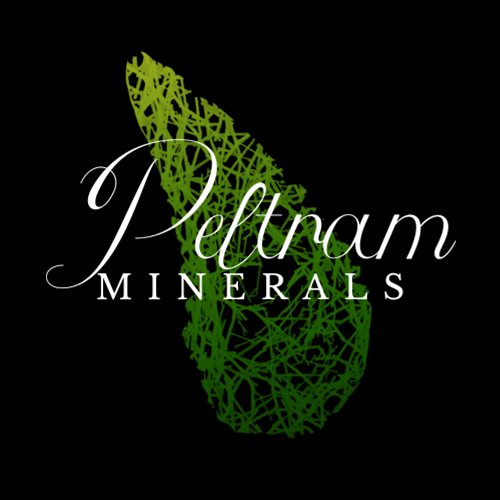Obsidian (Hedgehog) – Slovakia
Locality: Slovakia
Weight: 4,4g
Dimensions: 3,2 x 1,5 x 0,9 cm
| Category: | Archive of sold items |
|---|---|
| The item has been sold out… | |
Obsidian is a naturally occurring volcanic glass that forms when molten lava cools rapidly. This process does not give minerals enough time to crystallize, resulting in the formation of a smooth, glassy material. Obsidian is typically black, but it can also occur in shades of brown, green, or even red, depending on the impurities present in the lava.
Slovak obsidian
Slovak obsidian is usually dark, often black, with a shiny surface. It comes from volcanic activity that occurred in the Vihorlat Hills, which influences its chemical composition and physical properties. This area is part of the Carpathian Mountains and is known for its past volcanic activity. Slovak obsidian has a higher iron oxide content, which can cause it to be darker in colour compared to some other obsidian, which may be more translucent or have different colour shades, for example.
Slovak obsidian - hedgehog
This recently discovered type of obsidian is distinguished from the others by its distinctive deep texture, which is reminiscent of the South Bohemian moldavites(it is very similar to the Besednice Jeskovna). Its sculpture was formed by the action of soil acids at that particular site, just like by moldavites. The specific locality is kept secret for the time being to protect the site against diggers' raids. The site is poor and there have been very few finds. The obsidian was quarried in clay sediments, so the structure is very well preserved. An obsidian with such a fossilised structure will be one of the world's uniquenesses.
Obsidian has a wide range of uses due to its physical properties and aesthetic qualities.
-
Tools: Historically, obsidian was widely used to make various tools and weapons, especially in prehistoric times. The sharp edges of obsidian were ideal for making:
- Arrowheads and spear points: Due to its sharpness and hardness, obsidian was an ideal material for arrowheads and spear points
- Knives and scrapers: It was used to make cutting tools that were essential for the daily life of prehistoric people
-
Jewelry and decorative items: Due to its luster and aesthetic properties, Slovak obsidian is a popular material for making jewelry and decorative items:
- Necklaces, bracelets, rings: Obsidian is often used in jewelry making to create various types of jewelry
- Amulets and talismans: For its beauty and supposed protective properties, obsidian is often crafted into amulets and talismans
- Decorative figurines and items: Handcrafted decorative items and figurines made of obsidian are valued for their aesthetic and artistic qualities
-
Healing and esotericism: Obsidian is often associated with various spiritual and healing practices:
- Protective properties: Some people believe that obsidian has the ability to ward off negative energy and protect the wearer from psychic attacks
- Healing: In alternative medicine, obsidian is used for its supposed abilities to promote emotional healing and balance
-
Collecting:
- Mineral collections: Obsidian is popular among collectors of minerals and gemstones who appreciate its unique properties and appearance
-
Modern medicine:
- Surgical scalpels: Although less common, some surgical scalpels are made from obsidian because its extremely sharp edges allow for very precise cuts
-
Sculpture making:
- Sculpture and carving: Artists use obsidian to create detailed sculptures and carvings thanks to its ability to be finely worked






